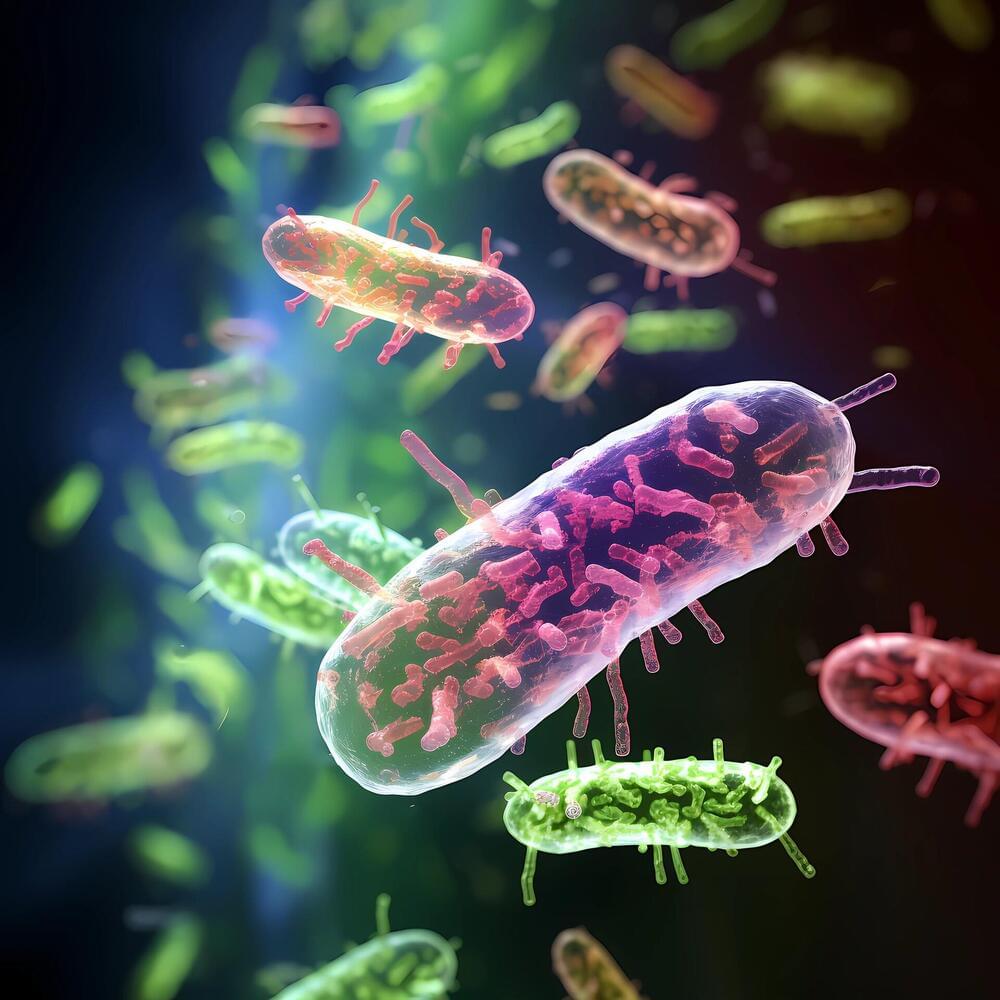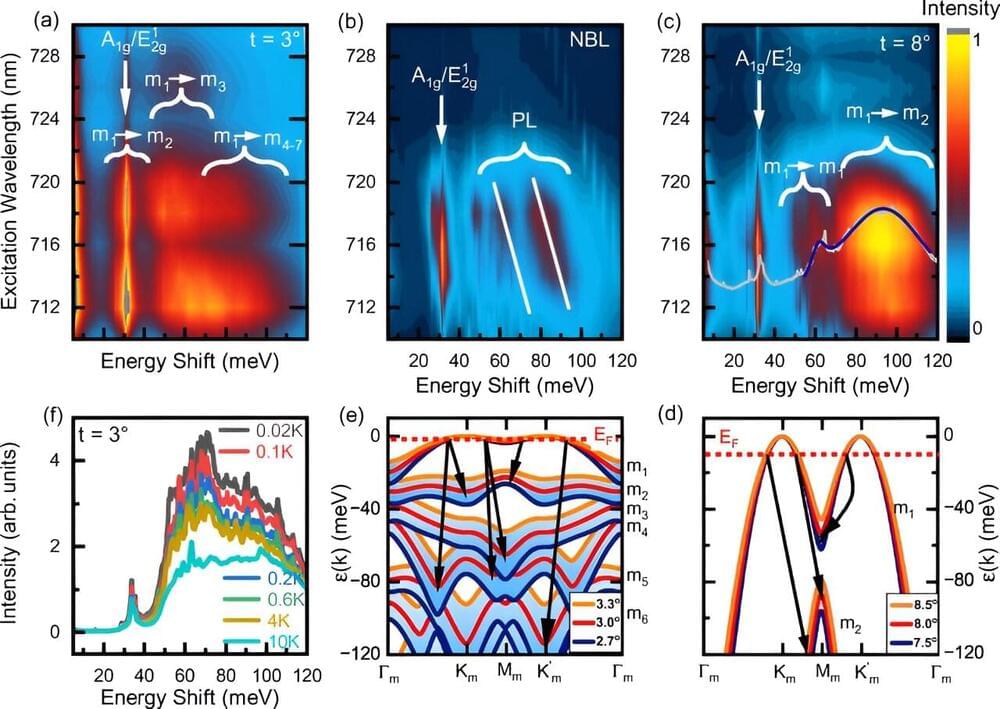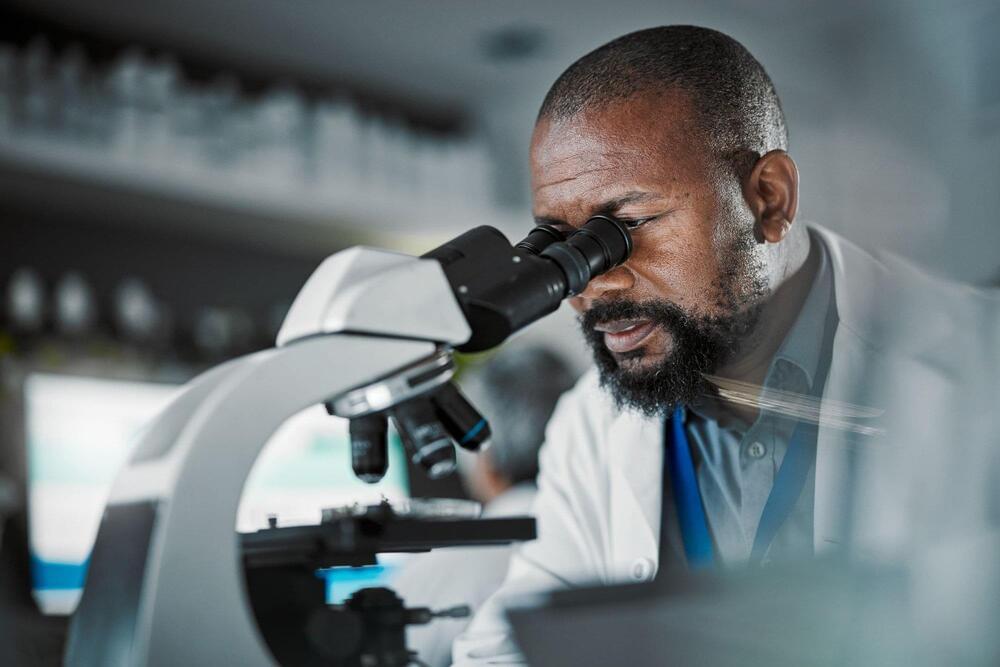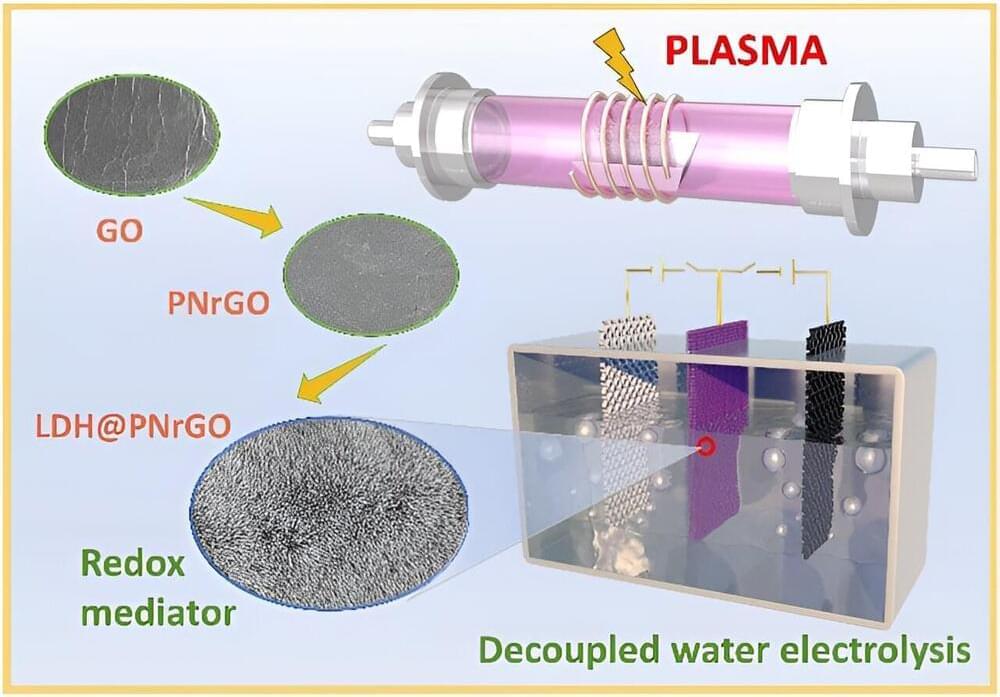According to a study published in Proceedings of the National Academy of Sciences, a research team led by Professor Xu Ning from the University of Science and Technology of China (USTC) has found that active matter and shear flows share similar thinning behaviors in self-propulsion and shear forces.
If you make a material thinner and thinner, at a certain point it undergoes a seemingly miraculous transformation: A two-dimensional material that consists of only one or two layers of molecules sometimes has completely different properties than the same material when it is thicker.
Wings aren’t the only things that make birds so successful. If it weren’t for their feet, how would pelicans skimming the tips of waves be able to suddenly land on a pier piling, or owls grab a mouse at 64 kilometers per hour without missing a beat? Robot birds must be able to do the same—something that has been a challenge, until now.
In a new study, researchers analyzed the anatomy and behavior of a tiny American parrot called a parrotlet and peregrine falcons, two species known for their expert footwork. They then designed “SNAG” (Stereotyped Nature-Inspired Aerial Grasper) — a pair of jointed legs attached to feet with jointed talons that automatically close around any object they encounter, be it a dowel, branch, or tennis ball.
A search for “air fryer recipe” on most social media platforms likely returns a flood of food videos touting quick and easy meal ideas. The market touts these devices as a convenient, clean, quick way to heat and crispen food, that offers a typically healthier option to using conventional deep fryers.
Researchers developed adjustable arrays of waveguides that introduce synthetic modal dimensions, enhancing the management of light within photonic systems. This innovation has potential applications ranging from mode lasing to quantum optics and data transmission.
In the realm of physics, synthetic dimensions (SDs) have emerged as a cutting-edge research frontier, providing a means to investigate phenomena in higher-dimensional spaces beyond our conventional 3D geometry. This concept has gained substantial attention, particularly in topological photonics, due to its potential to reveal complex physics that cannot be accessed within traditional dimensions.
Researchers have proposed various theoretical frameworks to study and implement SDs, aiming at harnessing phenomena like synthetic gauge fields, quantum Hall physics, discrete solitons, and topological phase transitions in four dimensions or higher. Those proposals could lead to new fundamental understandings in physics.
The project, led by Professor Zhiqin Chu from the Department of Electrical and Electronic Engineering at the University of Hong Kong (HKU), and Professor Qiang Wei from Sichuan University, utilized label-free quantum sensing technology to measure cellular force at the nanoscale. This advancement surpasses the limitations of traditional cellular force measurement tools and provides new insights into cellular mechanics, particularly regarding how cellular adhesion forces affect cancer cell spreading.
The research team has developed a new Quantum-Enhanced Diamond Molecular Tension Microscopy (QDMTM) that offers an effective approach for studying cell adhesion forces. Compared to cell force measurement methods that utilize fluorescent probes, QDMTM has the potential to overcome challenges such as photobleaching, limited sensitivity, and ambiguity in data interpretation. Furthermore, QDMTM sensors can be cleaned and reused, enhancing the absolute accuracy of comparing cell adhesion forces across various samples.
Researchers have created a quantum tornado in superfluid helium to simulate black hole conditions, advancing our understanding of black hole physics and the behavior of quantum fields in curved spacetimes, culminating in a unique art and science exhibition.
Scientists have, for the first time, created a giant quantum vortex in superfluid helium to mimic a black hole. This breakthrough has enabled them to observe in greater detail how analog black holes behave and interact with their surroundings.
Research led by the University of Nottingham, in collaboration with King’s College London and Newcastle University, has created a novel experimental platform: a quantum tornado. They have created a giant swirling vortex within superfluid helium that is chilled to the lowest possible temperatures. Through the observation of minute wave dynamics on the superfluid’s surface, the research team has shown that these quantum tornados mimic gravitational conditions near rotating black holes. The research has been published today in Nature.
They also developed non-noble metal catalysts, including molybdenum-doped nickel-cobalt phosphide and plasma-induced iron composite cobalt oxide bifunctional electrodes, which showed high durability and activity. These electrodes enabled hydrogen and oxygen production at different times and locations by switching the current direction, resulting in low cell voltages, high decoupling efficiency, and high energy conversion efficiency.
To improve layered double hydroxide (LDH) electrodes, which suffer from limited capacity and poor conductivity/stability, the researchers used non-thermal plasma technology to fabricate nitrogen-doped nickel-cobalt LDH and nitrogen-doped reduced graphene oxide/nickel-cobalt LDH electrodes, which significantly improved capacity and conductivity.
Two-step water electrolysis shows promise for large-scale hydrogen storage and applications such as 5G base stations and data centers. “Our performance indicators for two-step water electrolysis for hydrogen production are synchronized with advanced indicators globally, marking an important step towards industrial operation,” said Prof. Chen Changlun.
The famed futurist remains inhumanly optimistic about the world and his own fate—and thinks the singularity is minutes away.
An experiment uncovers the role played by gravity in Ostwald ripening, a spontaneous thermodynamic process responsible for many effects such as the recrystallization of ice cream.
What do magnets and decaf coffee have in common? Both involve physical systems that belong to the same “universality class.” Ferromagnetic materials are used to make magnets, and supercritical carbon dioxide extracts caffeine from coffee beans. At the critical point, when ferromagnetic and liquid–gas phase transitions occur, these two systems are described by the same critical exponents [1]. By identifying a system’s universality class, one can quantitatively characterize its behavior at the critical point without prior knowledge of microscopic details. Observing macroscopic properties suffices. However, taking that shortcut is often experimentally challenging, not least because many interesting systems are opaque to light.









